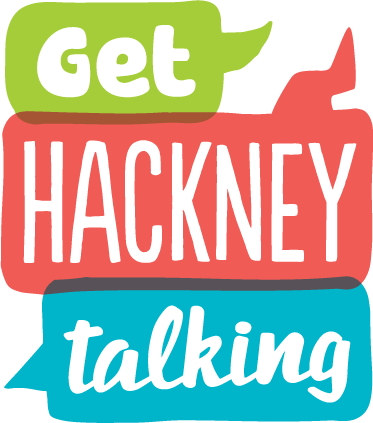What does managing behaviour mean?
Behavioural difficulties can have an impact on the child’s learning development and can severely affect their and their families’ everyday lives and their school life. Mild behavioural difficulties can present as the child being argumentative, loosing their temper often and blaming others or annoying others. More severe behavioural difficulties can present as the child showing aggression to other people and/or animals, bullying, threatening and fighting, destructing property and/or being deceitful.
Top Tips for working with Children with Challenging Behaviour
- Be vigilant and intervene early.
- Be consistent – have the same rules from day to day and child to child.
- Always model the desired behaviour. E.g. are you sitting like you expect the child to? Is your volume/rate/tone of speech appropriate?
- Recognise and reward positives (‘Thanks for listening to me…..’)
- Praise! Not just praise for positive behaviour but positive attempts at communication.
- When giving instructions ALWAYS:
- Use the child’s name
- Use ‘I’ statements. This is assertive and powerful. ‘I’ statement affirm who you are and what you want!
- State what you want
- State why you want it
- State when you want it
- Finish with Thank you!
- ‘John I need you to sit on that table so that you can finish your work now. Thank you.’
- Attempt to divert the child away from what s/he is doing wrong, to a more constructive activity.
- Tell the child what s/he should be doing rather than what s/he shouldn’t be doing. e.g. “Put your hands under the table” rather than “Don’t touch!”
- Try to reduce the number of times you say “no”. Save for when you need it.
- Be as specific as you can in the way you describe the behaviour to the child.
- Remember that it is the behaviour that you are critical of not the child!
- Use a ‘matter of fact’ voice and maintain positive body language.
- Use empathetic statements (‘this may be difficult for you…)
- DO NOT make threats or punishment that you are not prepared to carry out.
- Give the child a warning, making sure s/he has understood the punishment threatened and is given time to correct the misbehaviour.
- Punishment should be immediate.
- Match the punishment with the naughtiness e.g. minor problems = a small ‘telling off’
- Praise the child when they are doing what you want them to do e.g. “Lovely tidying up!”
- Be respectful but assertive.
- Minimise embarrassment and hostility.
- Appear calm and confident.
- Try to avoid losing your temper.
- Do not take behaviours personally.
- Choose your language carefully. E.g. avoid saying ‘good’ and ‘bad’ behaviour which suggests ‘angelic’ and ‘evil’. Use ‘appropriate’ and ‘inappropriate’ behaviour.
Strategies to Help the Child use Good Behaviour
- Positive Reinforcement:
- Give the child positive feedback for any positive behaviour e.g. ‘good sitting’, ‘I love the way you put a label on your picture’, ‘I really liked how you just said thank you to Mehmet’.
- Use reward systems:
- This will give the child incentive to behave and the child can see their positive achievements.
- Example reward system: Put Velcro on the back of smiley faces and on the circles. Stick a face onto a circle to indicate a reward has been given (always show the child what you are doing). When all 5 circles have been filled, give the child a reward and take the faces off so you are ready to start again. Download the PDF (above) to access these pictures.
Download the PDF of this leaflet (above) to see further information on levels of intervention for inappropriate/ challenging behaviours


